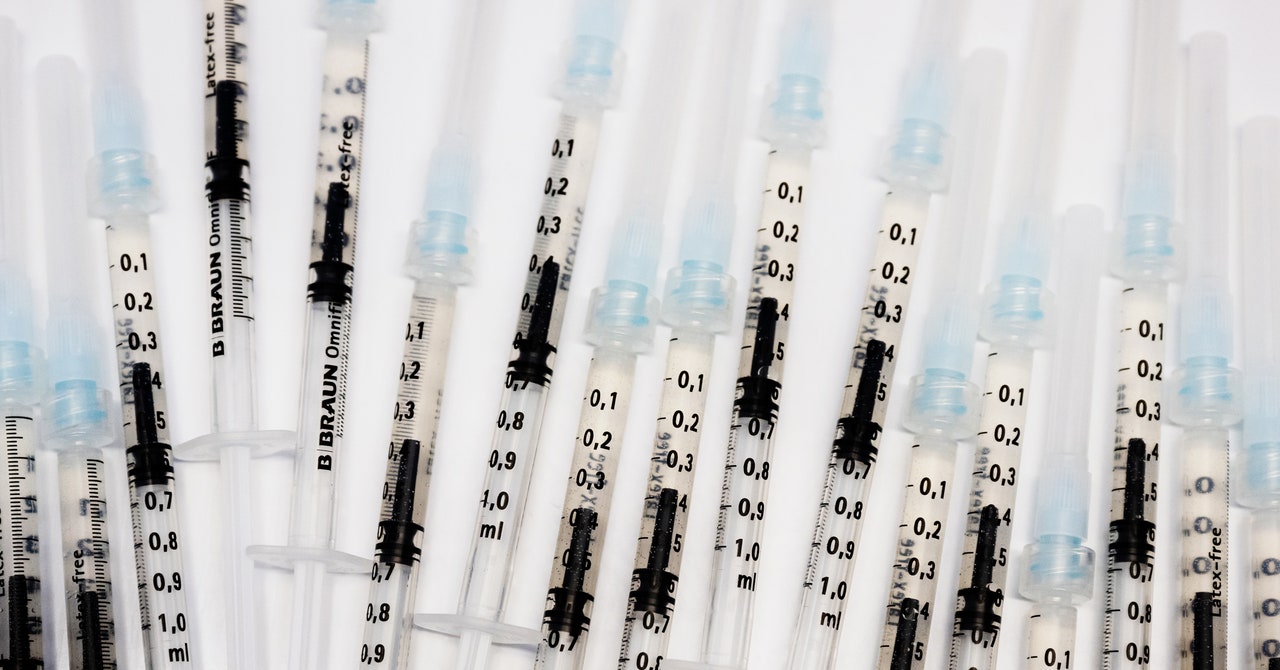
Ring vaccination worked for smallpox because a person-to-person pattern of spread makes it possible to predict and interrupt chains of transmission. The process is straightforward: Find the people most at risk of infection, give them shots. But to take those actions today to curb monkeypox, you have to find cases, you have to identify their likely contacts—and, crucially, you have to have vaccines to distribute. So far, in the US, none of those efforts are going well, and epidemiologists, scientists, and experts in LGBTQ sexual health are skeptical that ring vaccination will succeed.
For one thing, the numbers are rising too fast. “If there were five people, we could do our best to try to do ring vaccination,” says Gregg Gonsalves, an assistant professor of epidemiology at the Yale School of Public Health and a longtime HIV/AIDS activist. “But now, when you’re dealing with potentially thousands of cases in the US, trying to contact-trace them all and vaccinate all their contacts doesn’t seem like it’s going to happen.”
So any effort to identify people most at risk, to alert them and get them protected, will have to rely on incomplete information. If ring vaccination represents a fence around an infection risk, “there are huge gaps in the fence,” says Steven Thrasher, an assistant professor of journalism at Northwestern University and author of a new book on the interplay of viral infections and inequality.
“As far as I can tell, contact tracing has been haphazard, to say the least, and testing was basically unavailable until last week,” agrees Angela Rasmussen, a virologist and associate professor at the Vaccine and Infectious Disease Research Organization-International Vaccine Centre at the University of Saskatchewan. “Vaccine’s being released in dribs and drabs, and it seems like whoever can sign up fast enough can get one. But that’s not ring vaccination. That’s just offering doses to people who might be at risk.”
There’s a lot to unpack here, and plenty of blame to go around. Start with the vaccines. Monkeypox, which spreads to people from wildlife as well as person to person, has been a constant presence in Africa for decades. (Whether the international community should have started caring about it back then, as opposed to just tuning in now, is a discussion worth having.) There are two vaccines potentially applicable to monkeypox: the old smallpox vaccine, which was stockpiled against potential bioterrorism, and a newer vaccine with fewer side effects. When the US government first took notice of the outbreak in late May, it had only 32,000 two-dose courses of that safer vaccine available in the Strategic National Stockpile. Another million doses were hung up—in bottles and ready to ship—at a plant in Denmark, but the Food and Drug Administration had not approved their distribution. Earlier this month, the Department of Health and Human Services placed orders for 5 million doses of the newer vaccine, but most won’t arrive until next year.
The limited doses available were sent out to state health departments under an HHS algorithm that calculated a ratio of cases already detected to the number of people believed to be at highest risk. That sent most of them to big cities: New York, Los Angeles, San Francisco, Chicago, among others. In New York City, the online sign-up for 9,200 vaccination appointments filled in 7 minutes.


